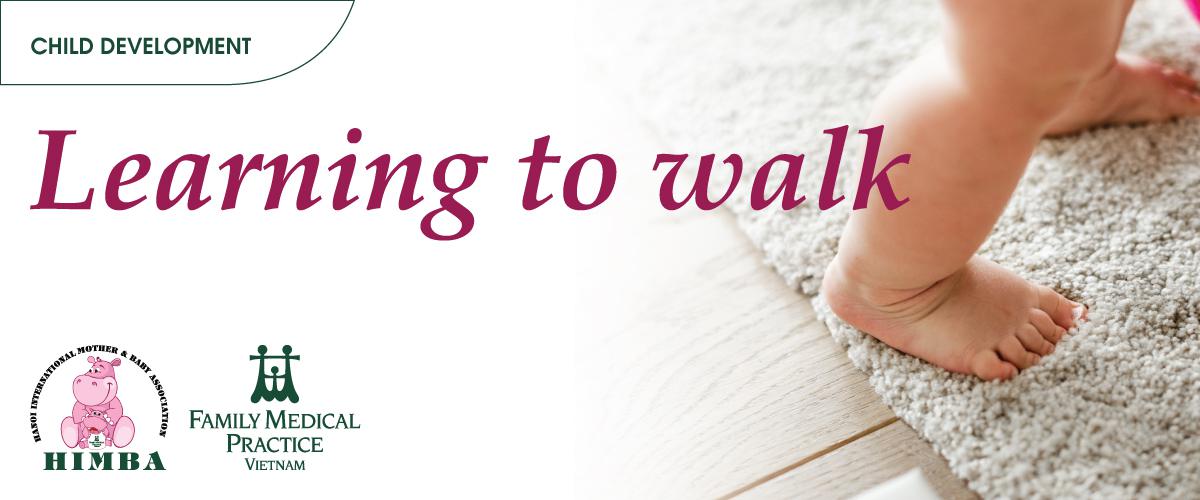[Development] Learning to Walk

[HIMBA] DEVELOPMENT: Learning to Walk
Every childs development varies but the World Health Organization state walking independently can occur from 8-18 months. Most children begin to walk either by cruising or with assistance by one year.
TOP TIPS
- Children have a range of gross motor skills they need to accomplish before walking independently. This gives them the overall strength, balance and posture. These include tummy time, rolling, crawling, bottom shuffling, cruising and pulling to stand. Some children skip one or two of these skills.
- Please note it is not advised to use walkers that children are placed into as they do not support independent walking. Pushing toys are advised to encourage assisted walking.
- Let your child have plenty of floor time, they will not learn to walk if strapped into strollers/prams/ being held by family members frequently
- Make sure they have bare feet so they don’t slip. Shoes are not required until walking properly.
- Keep doing lots of tummy time whilst encouraging walking skills as this will further support back muscles and postural stability
- Children will pull to stand first and will require soft furnishings to assist them on taking steps.
- Place toys out of reach so they consider ways to pull up and use furnishings to reach the toy
- Practice having toys to the left or to the right so they step both ways
- Once your baby is pulling to stand, hold both their hands and encourage small steps.
- Encourage independent small steps first, sitting down on the floor and reaching out for a cuddle may encourage them to try one or two steps.
- If your child has been practicing for some time, let them sit as they will be tired.
- Transfer of weight from one leg to another using both hands or one hand takes some time and blowing bubbles can encourage them to try and catch these bubbles and let go of the support.
- Ensure there is a safe space around them so they cannot injure themselves but small bumps and falls are to be expected when learning to walk. Pick them up, cuddle them and try not to cause too much attention to the event.
Red flags.
If a child is not walking by 15-18 months then schedule a review with a paediatrician / physiotherapist. If a child is not weight-bearing on both feet by one year it is also important they are reviewed. Weight bearing is when you are holding their hands and they are supporting their weight on their feet.
Sources: ASQ stages/CDC/WHO/ NHS
Author: Abigail Laurie Registered Midwife and Registered Specialist Public Health Nurse, United Kingdom.
 We use cookies on this website to enhance your user experience
We use cookies on this website to enhance your user experience